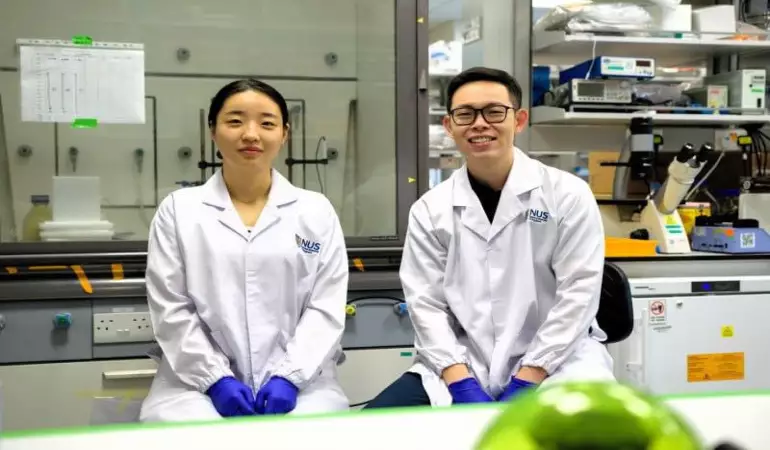Scientists find a way to improve cancer treatment using gold nanoparticles
Researchers at the National University of Singapore (NUS) have developed a new way to improve the precision of cancer treatment using gold nanoparticles.
January 28, 2025 14:01
A step towards personalised treatments
Researchers Andy Tay and Huang Xingyue have developed a method that uses gold nanoparticles of different sizes and shapes to bind to nucleic acids and heat cancer cells during photothermal therapy.
This method is based on the principle that different cancer cells prefer certain shapes and sizes of nanoparticles. It could be a key step towards developing personalised, safer and more effective cancer treatments.
Gold has potential in medicine
Gold is commonly associated with the manufacture of jewellery and precious objects. However, it is less often talked about as a metal with medical applications.
One is cancer therapy, which uses gold as an active ingredient by reducing its particles to a microscopic size, similar to the width of a strand of hair.
These tiny gold particles are used in photothermal therapy, an innovative treatment method in which nanoparticles convert light into heat energy by being exposed to light waves of a certain length. This allows cancer cells to be precisely destroyed, helping the body to recover.
In addition, gold nanoparticles can be used as vehicles for drugs, allowing the treatment to be precisely targeted directly at the tumour site.
However, in order to achieve the desired therapeutic effect, gold nanoparticles need to have specific properties - the right shape, size and surface structure to suit the needs of the target cells.
They must also be barcoded to enable their movement through the body to be accurately tracked.
Safer cancer treatment
Nanotherapy has made significant progress and is already contributing to more effective treatments.
However, current methods only provide treatment when the nanoparticles are evenly distributed in the body.
According to Moscler Tay, this is not efficient enough because each internal organ has its own individual requirements.
A better and safer solution would be to develop nanoparticles that are tailored to the specific organ and its needs, in order to effectively treat cancer and other diseases. This approach is exactly what the Singaporean researchers are showing.




